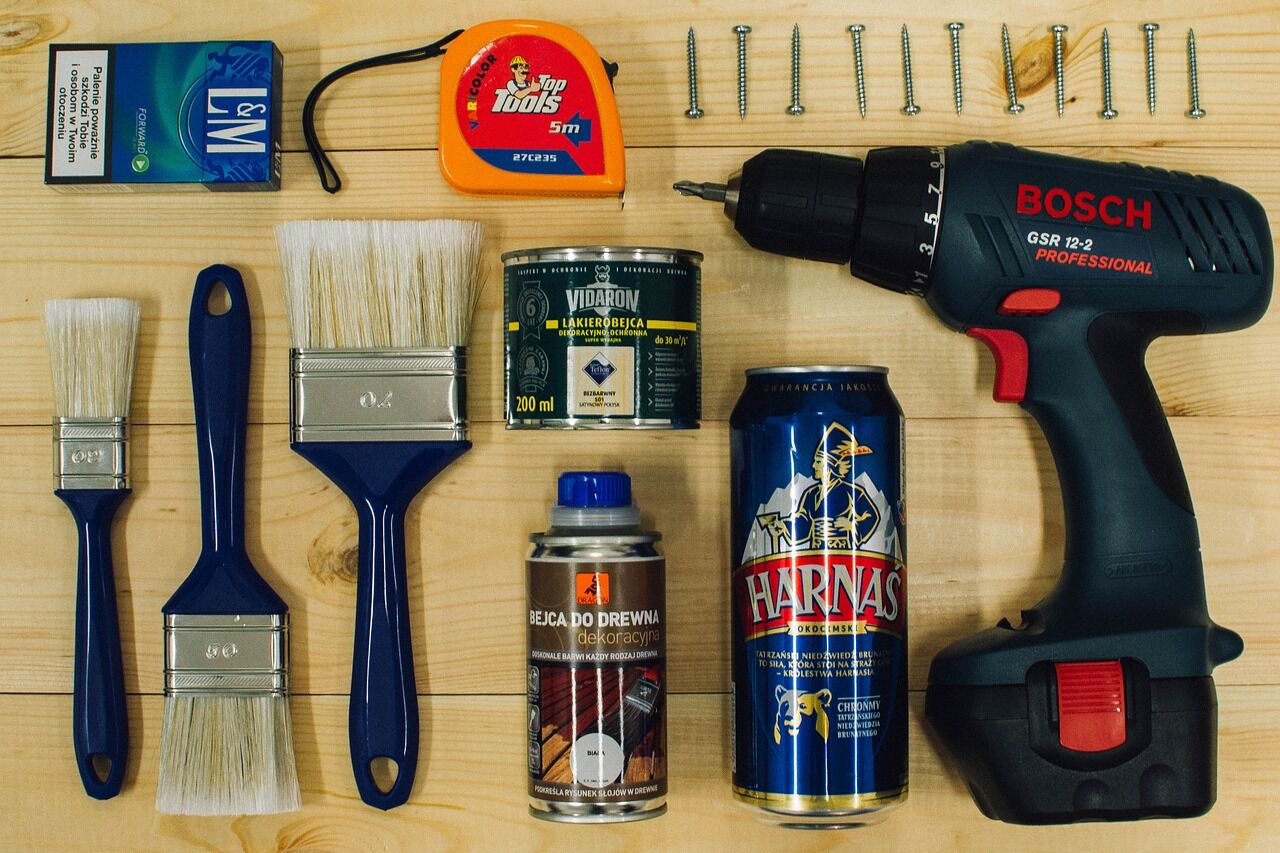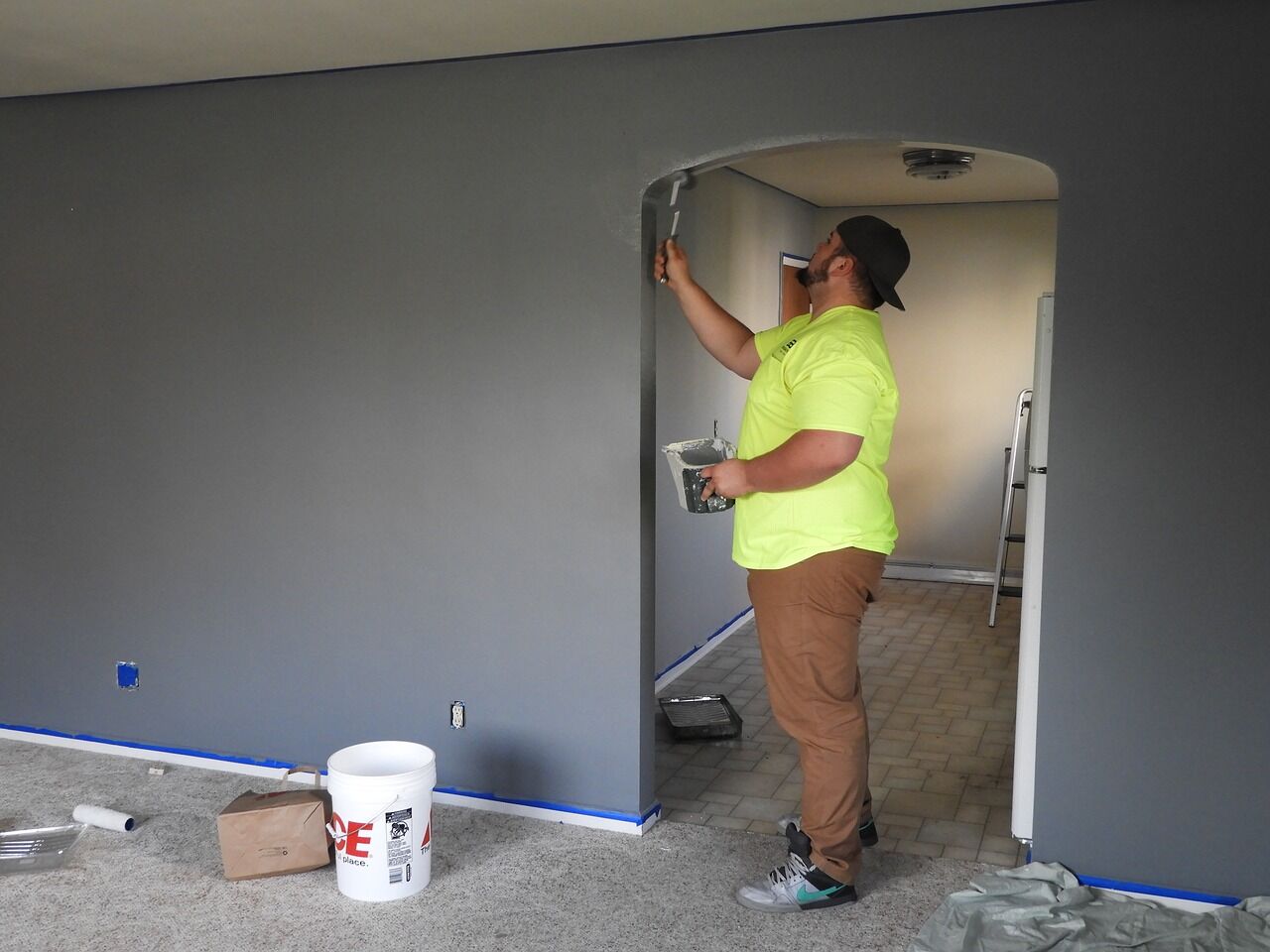Home DIY projects of all kinds can be incredibly thrilling and fulfilling. If you’re looking for DIY project ideas that can do wonders for your residence, there are many out there simply waiting for you. It’s critical to focus your energy on home improvement projects that can lead to exceptional results. Try Your Hand at […]
Category: How To (How I Did)
You could call this a How To – but people often tell me I did it wrong – now to be fair you can’t really tell me I can’t do it that way, when the video shows I actually DID do it that way – so to cool down the hateraide – lets just call this HOW I DID
Build a Generator From a Lawn Edger Motor
I think it is a cool idea to build a generator from a lawn edger motor, so much so that a few years ago I build a very similar generator from a lawn mower engine. It works well, and was pretty simple to build I would imagine, from my experience on the similar project, that […]
How to Remodel Your Home and Clean up Afterward
Home remodeling can be an invigorating and interesting project. It’s undoubtedly one that calls for a lot of work and effort, however. It involves everything from comprehensive decision-making to extensive cleanup work and beyond. If you want your home remodeling process to go off without a hitch, then there are numerous convenient and effective cleanup […]
How to Warm your House During Winter Without Spending a Fortune
For some reason, the electricity bills seem to hit a record high as temperatures inch down. This leaves a large number of families shivering through winter dreading their next electricity bills. But warming your house during winter can be easier than most people think. In fact, it doesn’t have to revolve around energy-intensive warming. If […]
5 Home Improvement Projects You Should Tackle Now
The same old look can get boring for the eyes. Upgrades and updates are essential every once in a while. So, while your computer is getting an upgrade and you also plan a wardrobe update for spring, don’t leave your home behind. Home improvement projects will only add to your comfort. Another encouraging plus point […]





